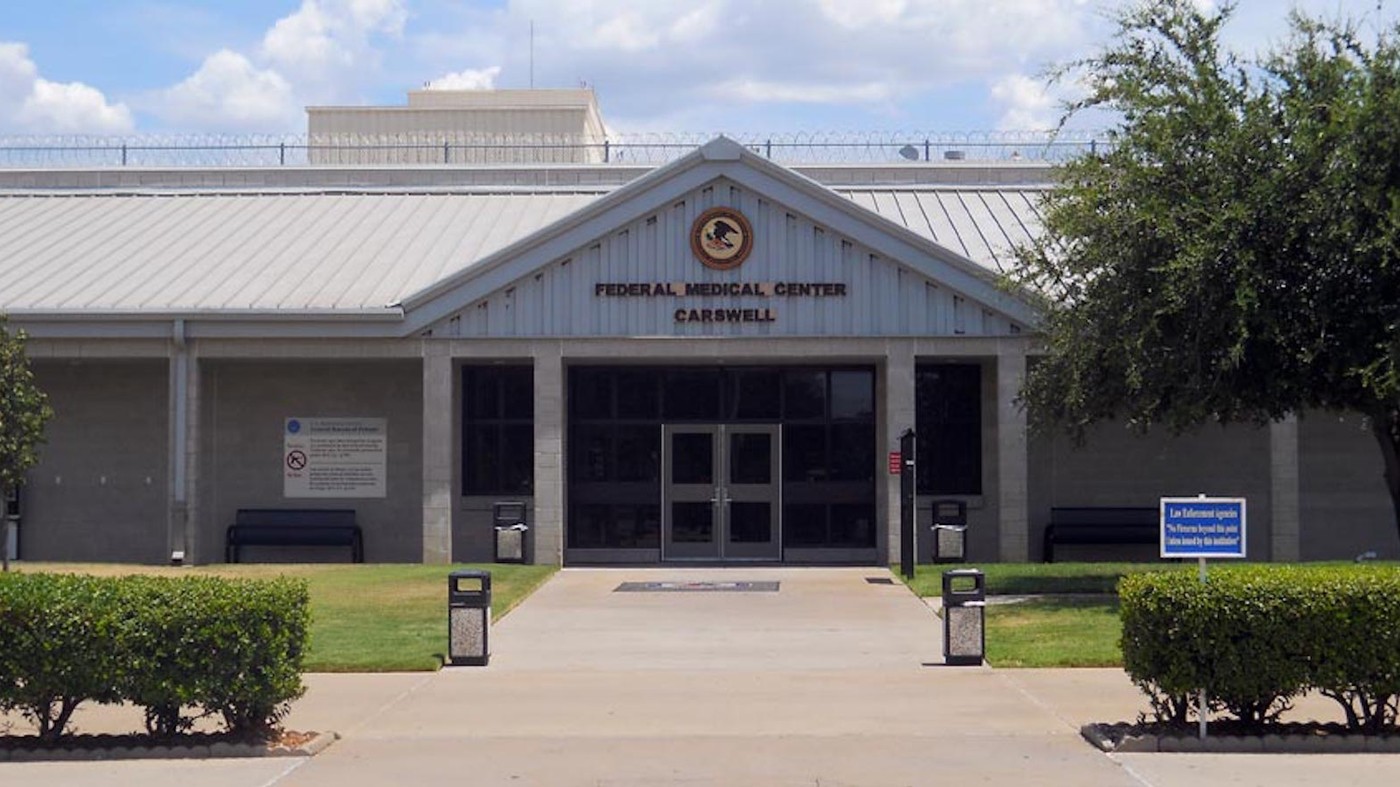
Andrea Circle Bear died in federal custody Tuesday, April 28. Andrea Circle Bear is the first woman to die of Covid-19 while in federal custody. Andrea Circle Bear was convicted of a minor offense and should never have been in prison in the first place. When Andrea Circle Bear was sentenced, she was five months pregnant; she should never have been in prison.
Andrea Circle Bear’s story is a familiar one for Native women in the United States. Andrea Circle Bear lived in Eagle Butte, South Dakota, on the Cheyenne River Sioux Indian reservation. In April 2018, Andrea Circle Bear was arrested and admitted to selling a small amount of methamphetamine. In March 2019, Andrea Circle Bear was charged. While awaiting trial, Andrea Circle Bear stayed in the Hughes County Jail, in Pierre, South Dakota. In November, Andrea Circle Bear was released for one day to attend divorce proceedings. On January 15, 2020, Andrea Circle Bear was sentenced to 20 months in federal prison. At the time, she was five months pregnant. Because of her pregnancy, Andrea Circle Bear was transferred to Federal Medical Facility Carswell, the only designated medical facility for women in the Federal Bureau of Prisons. FMC Carswell is in Fort Worth, Texas.
When Andrea Circle Bear was removed from South Dakota, she was described as appearing to be healthy. Up to this moment, both the Hughes County Jail and Hughes County itself have no reported incidents of Coronavirus. The same cannot be said for Federal prisons in Texas.
As a newly arrived prisoner, Andrea Circle Bear was placed in quarantine on March 20. On March 28, due to concerns about her pregnancy, Andrea Circle Bear was taken to the hospital. She was returned to FMC Carswell the same day. On March 31, exhibiting Covid-19 symptoms, Andrea Circle Bear was taken back to the local hospital, where she was put on a ventilator. On April 1, Andrea Circle Bear underwent a caesarean, and gave birth. On April 4, Andrea Circle Bear was confirmed Covid-19 positive. On Tuesday, April 28, Andrea Circle Bear died.
According to Andrea Circle Bear’s grandmother, Clara LeBeau, Andrea Circle Bear never belonged in prison in the first place and certainly should never have been shipped off to Texas. Andrea Circle Bear was the mother of five children. Because of earlier caesarean section births and other underlying medical conditions, she was considered a high-risk OB/GYN patient. Clara LeBeau told the court as much, and so did Andrea Circle Bear. According to Clara LeBeau, “She was concerned. She’s going somewhere to have her baby where she’s just not knowing the doctors and staff like she does here at the hospital in Pierre. I was concerned too, it bothered me. I said, ‘You shoulda told ‘em you were high risk,’ and she said she did. I guess they didn’t pay attention.” Andrea Circle Bear called her grandmother from Carswell: “She said ‘I told ‘em I was sick, I was in there four or five days and I was telling them but they didn’t pay attention.’ She said please call my grandma and tell her she’ll know and she’ll pray for me,’ but they didn’t even do that … I really believe it was their fault. If they’d known she was high-risk, they shouldn’t have even flown her. That was the start of everything.”
On July 6, Sarah Lee Circle Bear was “found” unconscious in a holding cell in Brown County Jail in Aberdeen, South Dakota. Sarah Lee Circle Bear was 24 years old, the mother of two children, aged one and two. She was picked up for a bond violation, a minor offense. According to other prisoners, before being transferred to a holding cell, Sarah Lee Circle Bear told her jailers that she was suffering excruciating pain. The staff told her to “knock it off” and “quit faking”. Inmates called to the staff to help her. The staff came, picked Sarah Lee Circle Bear up off the floor, dragged her out of the cell, and transferred to a holding cell. Later, they “found” Sarah Lee Circle Bear “unresponsive.” Seeking justice, the family sued. Just this January, it was announced that the federal law suit would go forward, sometime this year.
Sarah Lee Circle Bear was Andrea Circle Bear’s sister-in-law.
If they’d paid attention, if they’d known. They paid attention, they knew. They didn’t care. As Congresswoman Ayanna Pressley noted, “Andrea should never have been in jail in the first place. Period. That she was there at all is cruel and negligent.” Cruel and negligent … but not unusual. Senator Dick Durbin concurs: “Andrea Circle Bear committed a low-level nonviolent drug offense, but she did not deserve to die, and an innocent child did not deserve to lose his mother. The Justice Department and Bureau of Prisons must act to prevent more death and suffering, and they must act now.” If history is any indication, Andrea Circle Bear’s death will not compel any federal agency into any action, other than a cover-up.
What happened to Andrea Circle Bear and Sarah Lee Circle Bear? Nothing much. Just another two Native American woman dead in custody somewhere in the United States, missing and murdered.
(Photo Credit: Federal Bureau of Prisons)


